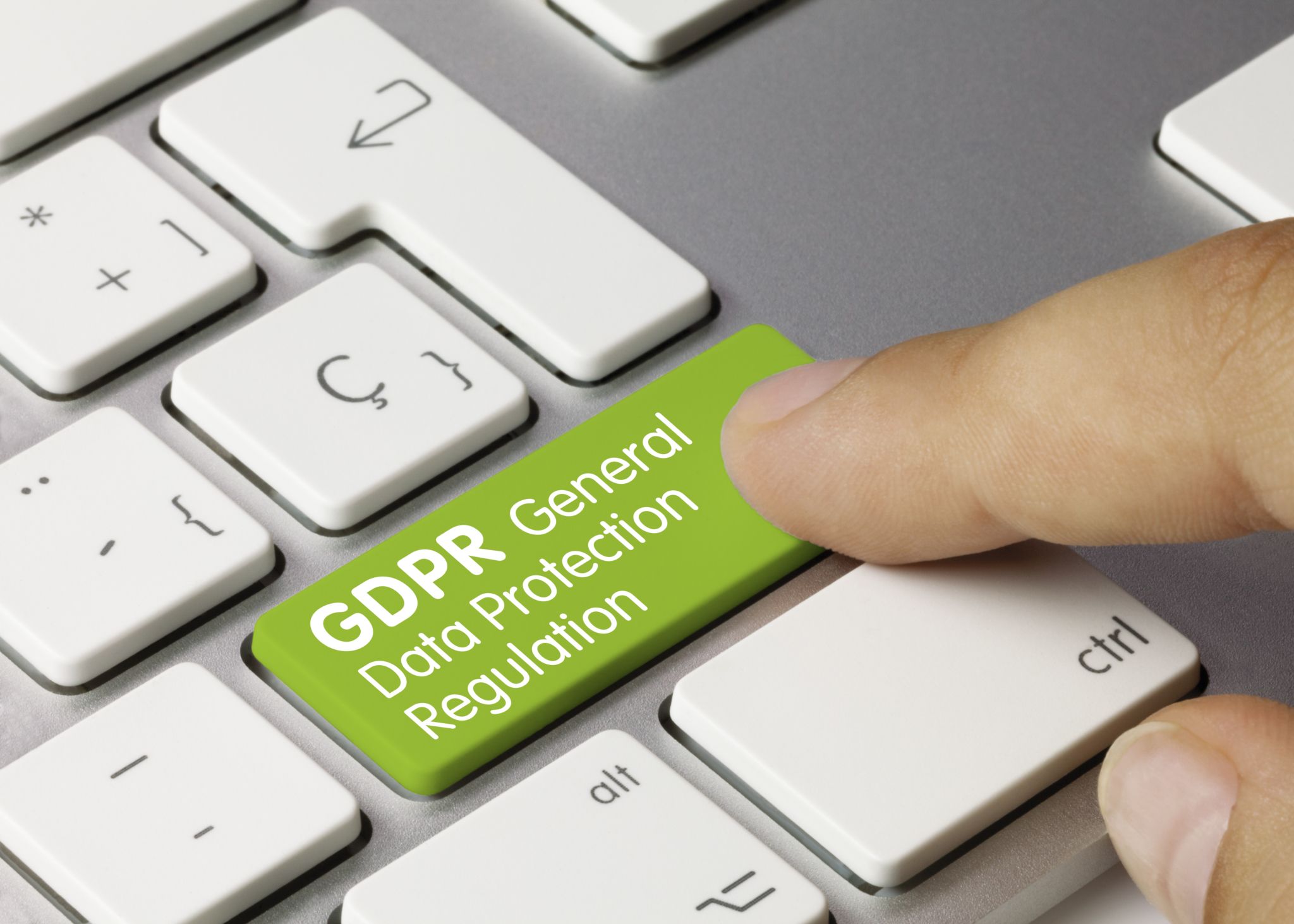Voice search is the future: embrace it cautiously
Voice searches using voice recognition software such as Google virtual assistant tend to be more conversational, even starting with a greeting: “Hey Cortana” and signing off: “Thank you Siri.” Voice searchers use specific, full length questions not keywords. Siri, Google assistant, Alexa and Cortana are different to text searches so a different approach with more long tail keywords is needed to rank highly in their search engine results pages (SERPS.)
Questions and voice search are a powerful new phenomenon that can inform marketers of content gaps and engagement opportunities. It’s very important that the search results are relevant because voice searchers often select the first search result unlike text searchers.
For example, a visitor may ask Google Assistant or Siri: “Where can I have a family meal for four for £80 up to a maximum of £100? If they are given a choice, the tourist may then ask: “Which restaurant has the best reviews?” As you can see location is very important with voice search engines able to rank their results according to opening hours, expertise and customer service ratings.
Voice searches are about meaning, context and intent not just keywords and this change needs to be reflected in marketers’ SEO strategies that must now cater for voice and text searches.
For voice searchers the customer journey is very important and should encourage searchers to look around if they are using Amazon’s Alexa UK, for example. Marketing and advertising needs to be discreet and personalised. Voice search also needs to be a strategic part of any campaign, not just an afterthought added on at the end. A customer must be able to switch effortlessly between voice and visual text based searching using complementary not competing technologies.
Astute marketers will identify and harness the opportunity provided by voice search to reveal what customers want and need. It’s a growing field, particularly among young people and mobile phone users. According to Google, 20% of mobile searches are already voice searches. Comscore, a marketing analytics company, estimates that by 2020, 50% of all searches will be voice searches so it is essential that businesses learn how to be found by voice search engines.
Google released its guidelines for voice search four months ago, you can read them here. Marketers should seize the opportunity to engage with this new platform early making search more relevant and specific to their customers’ needs which will bring in new business for their clients.
However, everyone should take a careful look at the privacy policies of each voice assistant so that marketers can advise clients and customers of the type and amount of data stored and how to delete or disable it.
A note of caution for voice searchers
Both marketers and users of voice search must be aware that their devices are recording conversations and collecting data. Apple appears to be the best currently by anonymising information Siri transmits and deleting it when the voice search user turns Siri off.
Google assistant provides access to contacts, calendar, name, search history, voice and audio activity in order to deliver targeted advertising (which helps keep services free) and it stores conversations. It does not sell personal information to anyone but it admits to sharing information with affiliates and partners such as restaurants or airlines. It is up to the Google user to delete stored information.
Cortana listens in and provides access to calendar, email, messages and other content in the background even when the device is locked by default, although the feature can be disabled.
Amazon Alexa UK similarly collects a lot of information as outlined in its privacy policy. That data can include a name, email address, country of origin, nickname, telephone number, website, company and title for example, as well as browsing history, information about your operating system and a unique identifier enabling Alexa to identify the user’s device, and the date and time the information was logged. However, Amazon insists it does not actively try to determine the identity of any Alexa user.
One problem with most of these voice assistants is, with the exception of Siri, the user needs to remember to disable them if they don’t want them listening in. Anyone can access the assistant from your home without passing through voice identification which is a form of security used by mobiles.
Voice search is a growing phenomenon and here to stay so marketers, businesses and users need to learn how to harness its potential while protecting their privacy.













